Do you have a question about the Roland GR-30 and is the answer not in the manual?
Illustrates how to connect various audio and MIDI devices to the GR-30.
Outlines the crucial initial steps, including power-up and mode selection, before playing.
Explains the different ways to select and navigate through the GR-30's patches.
Guides on selecting and adjusting individual tone parameters like attack and brightness.
Explains how to layer and mix two selected tones, including detune and transpose.
Provides step-by-step instructions for creating custom arpeggio patterns.
Details MIDI message flow and essential configuration settings for external devices.
Explains how to control external devices via MIDI Program Change messages.
Instructions for resetting the GR-30 to its factory default settings.
Provides solutions for common operational issues and problems encountered with the GR-30.
Details the GR-30's MIDI message compatibility and functions.
Illustrates how to connect various audio and MIDI devices to the GR-30.
Outlines the crucial initial steps, including power-up and mode selection, before playing.
Explains the different ways to select and navigate through the GR-30's patches.
Guides on selecting and adjusting individual tone parameters like attack and brightness.
Explains how to layer and mix two selected tones, including detune and transpose.
Provides step-by-step instructions for creating custom arpeggio patterns.
Details MIDI message flow and essential configuration settings for external devices.
Explains how to control external devices via MIDI Program Change messages.
Instructions for resetting the GR-30 to its factory default settings.
Provides solutions for common operational issues and problems encountered with the GR-30.
Details the GR-30's MIDI message compatibility and functions.
| Brand | Roland |
|---|---|
| Model | GR-30 |
| Category | Synthesizer |
| Language | English |
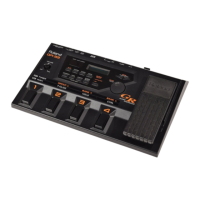


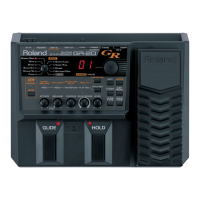

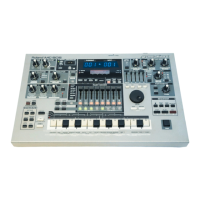
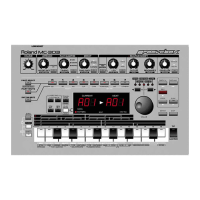
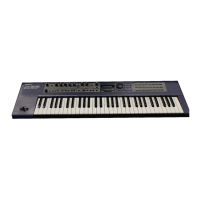
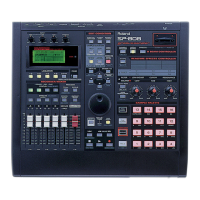
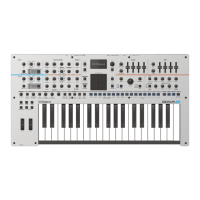

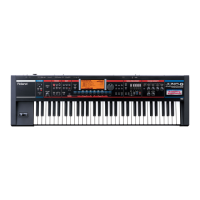
